From image to text 📷💬 - Visual-to-Text Conversion Tool
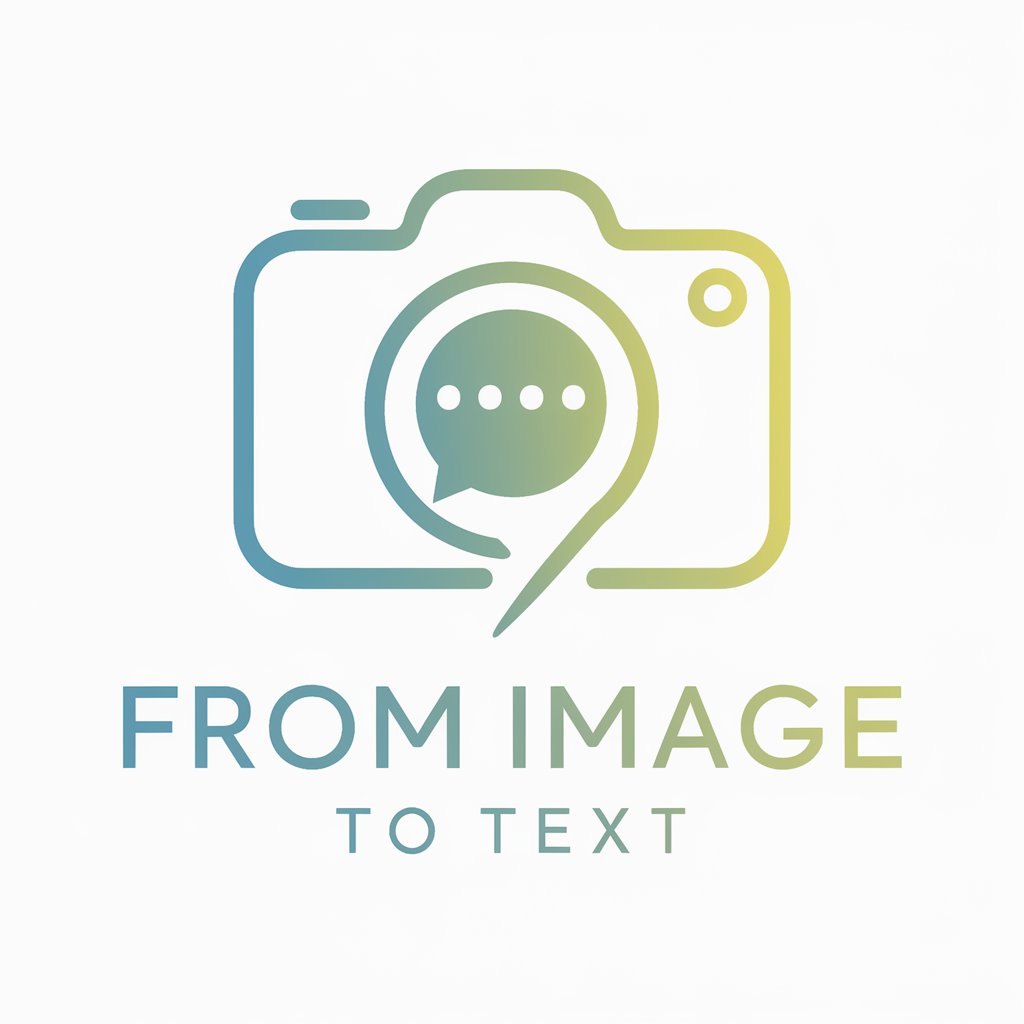
Welcome! Let's turn images into vivid stories together.
Bringing Images to Life with AI
Describe the intricate details of this image...
What story does this picture tell?
Analyze the emotions conveyed in this photograph.
Provide a vivid description of this artwork.
Get Embed Code
Overview of 'From Image to Text'
From Image to Text' is a specialized AI tool designed for translating visual content into rich, descriptive text. Its primary purpose is to bridge the gap between visual and textual understanding, enabling users to gain a comprehensive insight into images without directly viewing them. This tool is particularly adept at analyzing and interpreting various elements within an image, such as objects, settings, emotions, and themes, converting these visual cues into detailed descriptions. For instance, in the scenario of an art history student analyzing a Renaissance painting, 'From Image to Text' can provide a vivid textual depiction of the artwork, outlining its composition, color palette, and the emotions conveyed, thus enhancing the student's understanding and appreciation of the art. Powered by ChatGPT-4o。

Core Functions of 'From Image to Text'
Descriptive Translation
Example
Translating a complex cityscape photograph into a textual description that includes details about the architecture, the mood of the scene, and any notable activities occurring within it.
Scenario
Useful for visually impaired individuals seeking to understand visual content.
Contextual Analysis
Example
Examining an image of a historical event and providing a text that not only describes the visual elements but also offers historical context and significance.
Scenario
Beneficial for students or researchers working with historical photographs or artwork.
Emotional Interpretation
Example
Describing the emotional tone and possible narrative behind a candid photograph, such as a family reunion, by interpreting body language and facial expressions.
Scenario
Helpful for writers or artists seeking inspiration or understanding of human emotions in visual art.
Target User Groups for 'From Image to Text'
Visually Impaired Users
Individuals with visual impairments can utilize this tool to 'see' images through detailed textual descriptions, thus allowing them to engage with visual content in educational, professional, or personal contexts.
Educators and Students
Teachers and students in fields like art history, photography, or media studies can use the tool to analyze and discuss images, facilitating a deeper understanding and appreciation of visual materials.
Content Creators
Writers, artists, and digital creators can leverage the tool for inspiration or to gain different perspectives on visual content, which can be particularly useful in creative processes and storytelling.

Guidelines for Using 'From Image to Text'
Initial Access
Visit yeschat.ai for a free trial without login, also no need for ChatGPT Plus.
Image Upload
Upload the image you want to analyze. Ensure the image is clear and the subject matter is visible.
Specify Requirements
Indicate specific aspects or details in the image you want to focus on, if any.
Receive Description
Wait as the tool processes the image and generates a detailed textual description.
Engage and Explore
Use the generated text to facilitate further discussion or analysis about the image's content.
Try other advanced and practical GPTs
Circuit Sage
Simplifying Electronics with AI
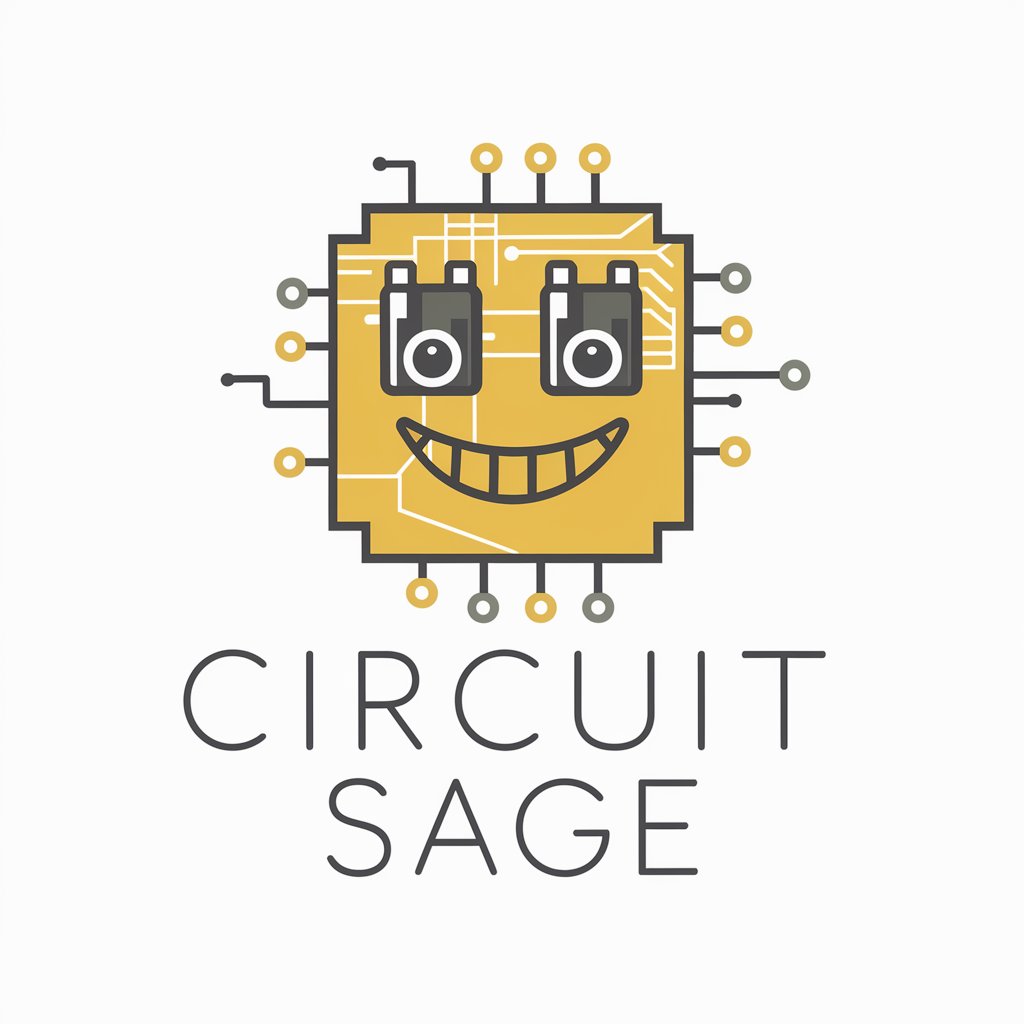
Infinite Forge
Build, Script, and Share Your Worlds

LearnSphere
Empowering Learning with AI Innovation
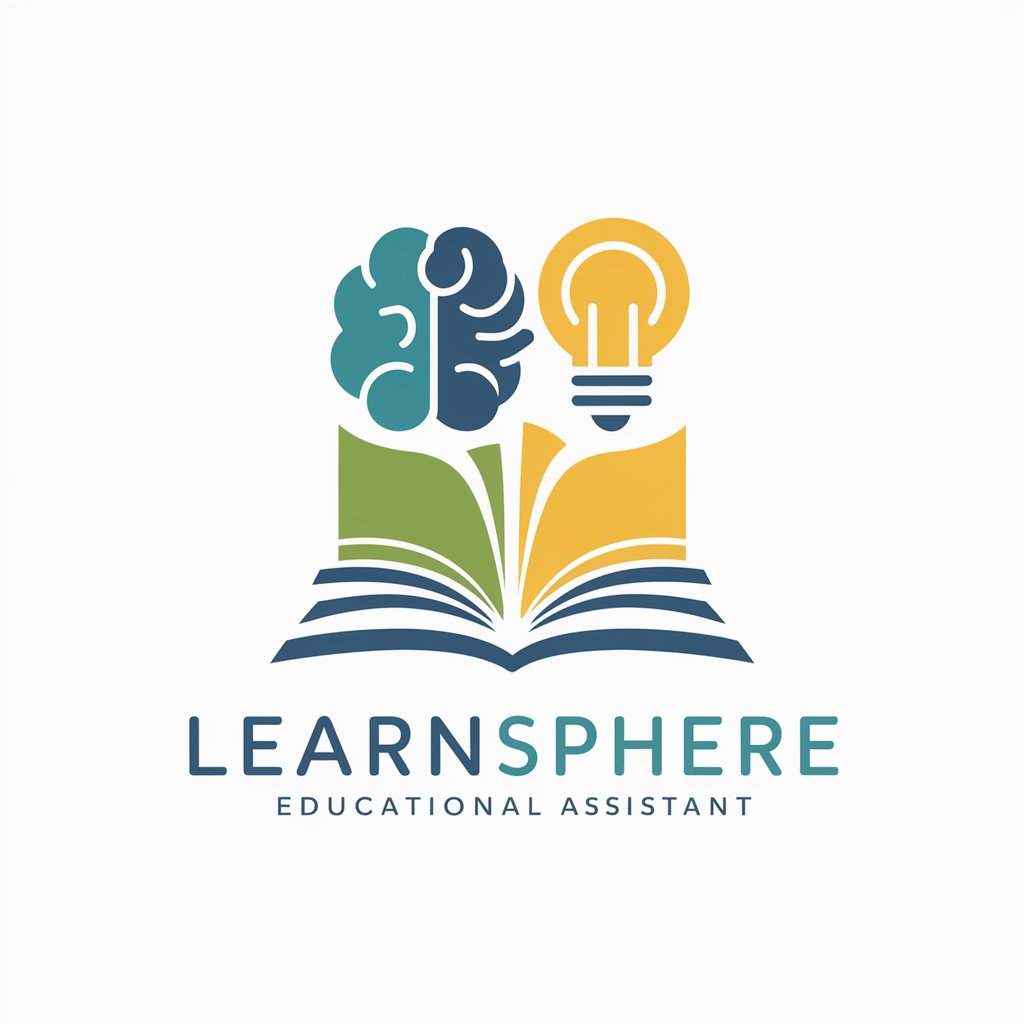
Viral Content Searcher & Writer [AiFrontier.info]
Unleash AI-powered Viral Content Creation
![Viral Content Searcher & Writer [AiFrontier.info]](https://r2.erweima.ai/i/4uo6hcc5R6OadEQF4Oy64Q.png)
Crypto Companion
Demystifying Crypto, One Query at a Time

David Cavanagh Online Course Creation Tool
Empowering Your Teaching Journey with AI
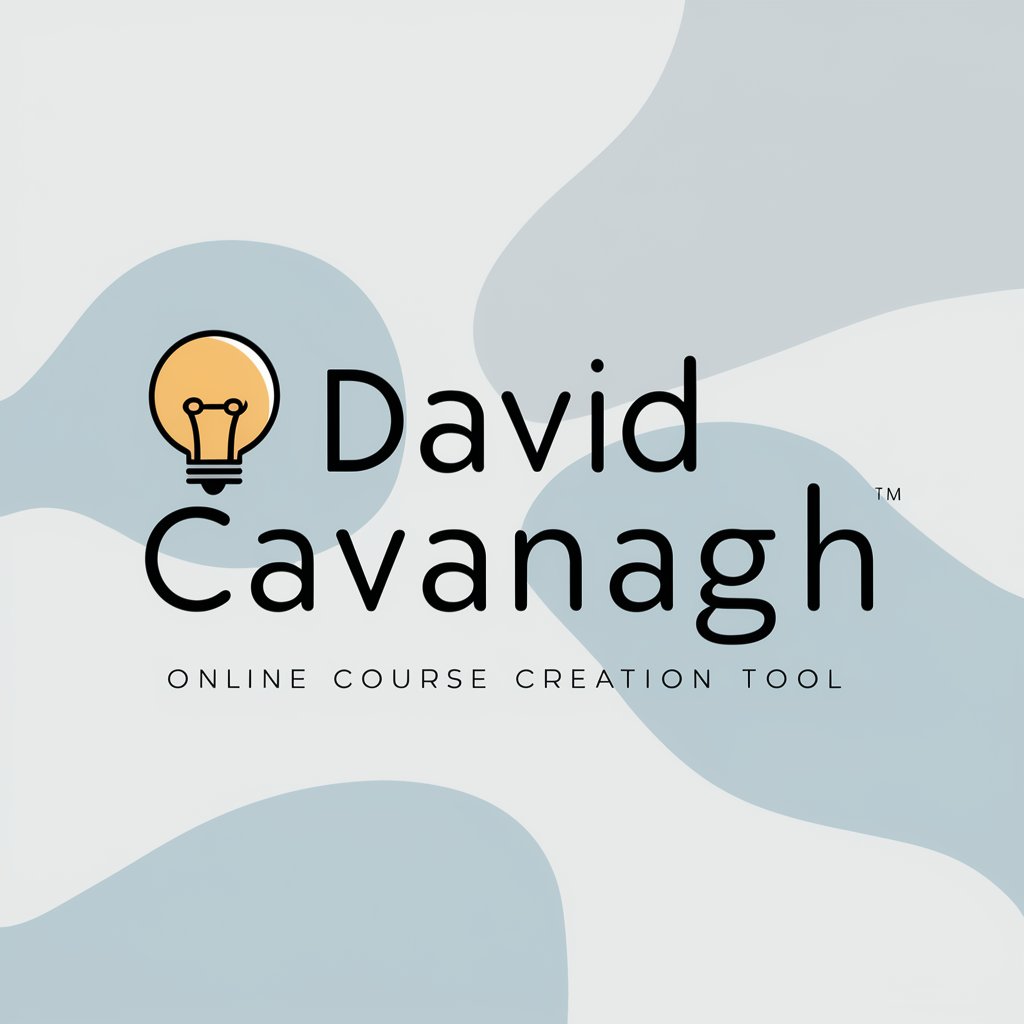
Story Sprout
Empowering Your Imagination with AI

Insight Game Explorer
Discover Yourself with AI-Powered Insight
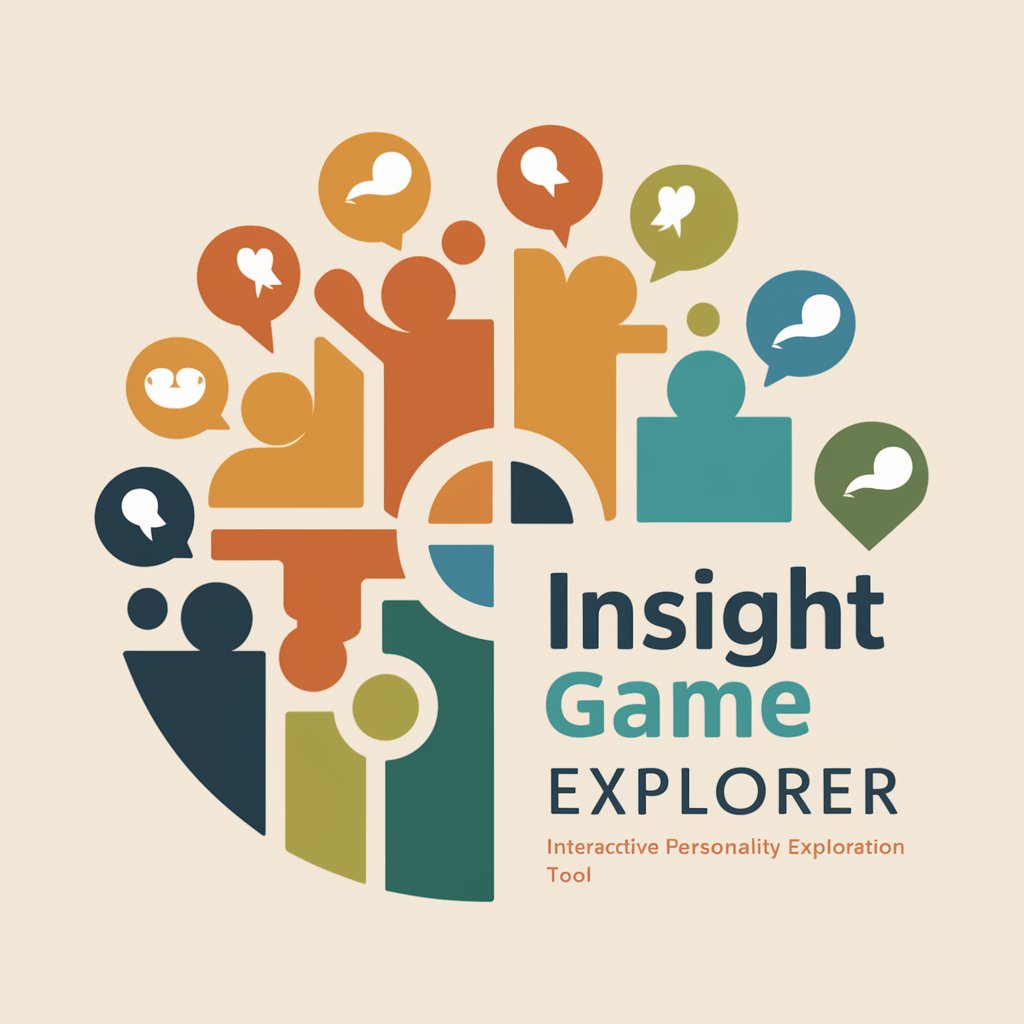
ED-E
Craft Your Fallout Universe with AI
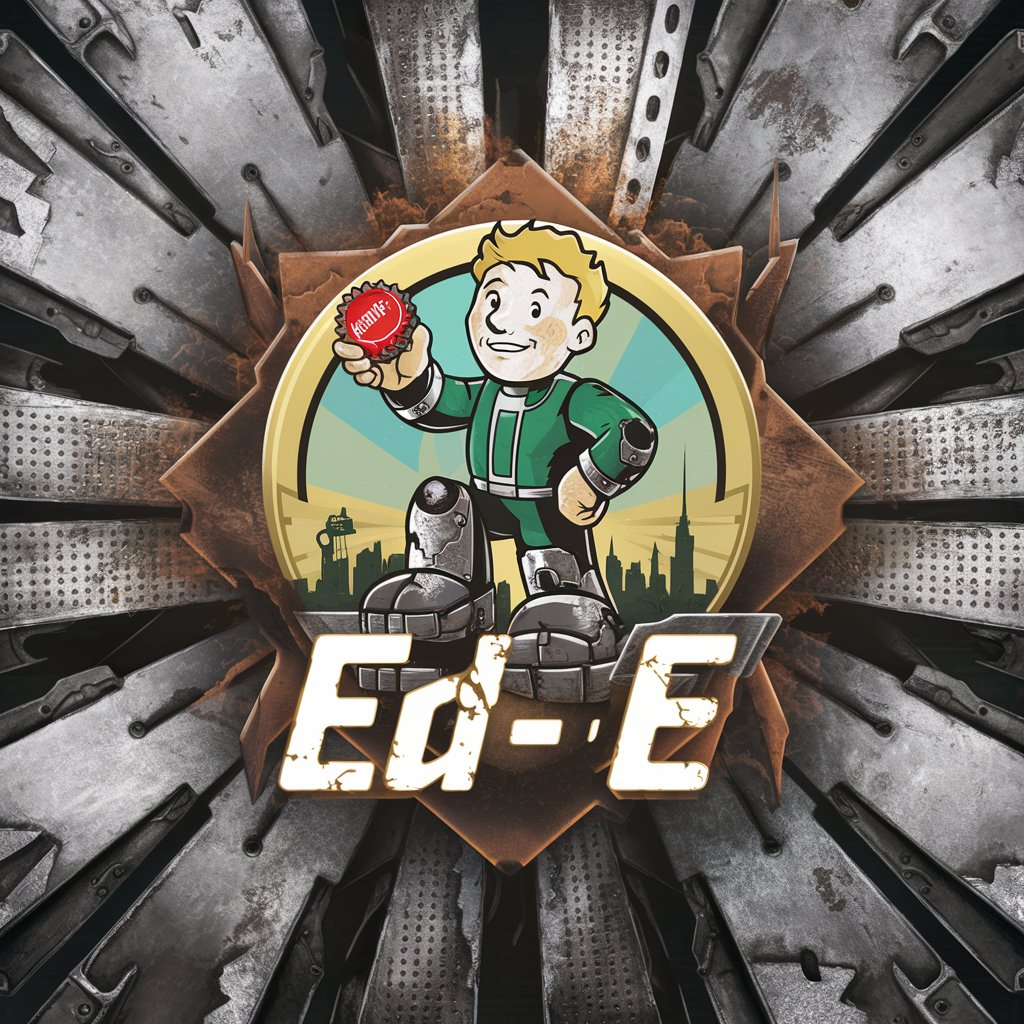
Socratic Science
Empowering Discovery Through Dialogue
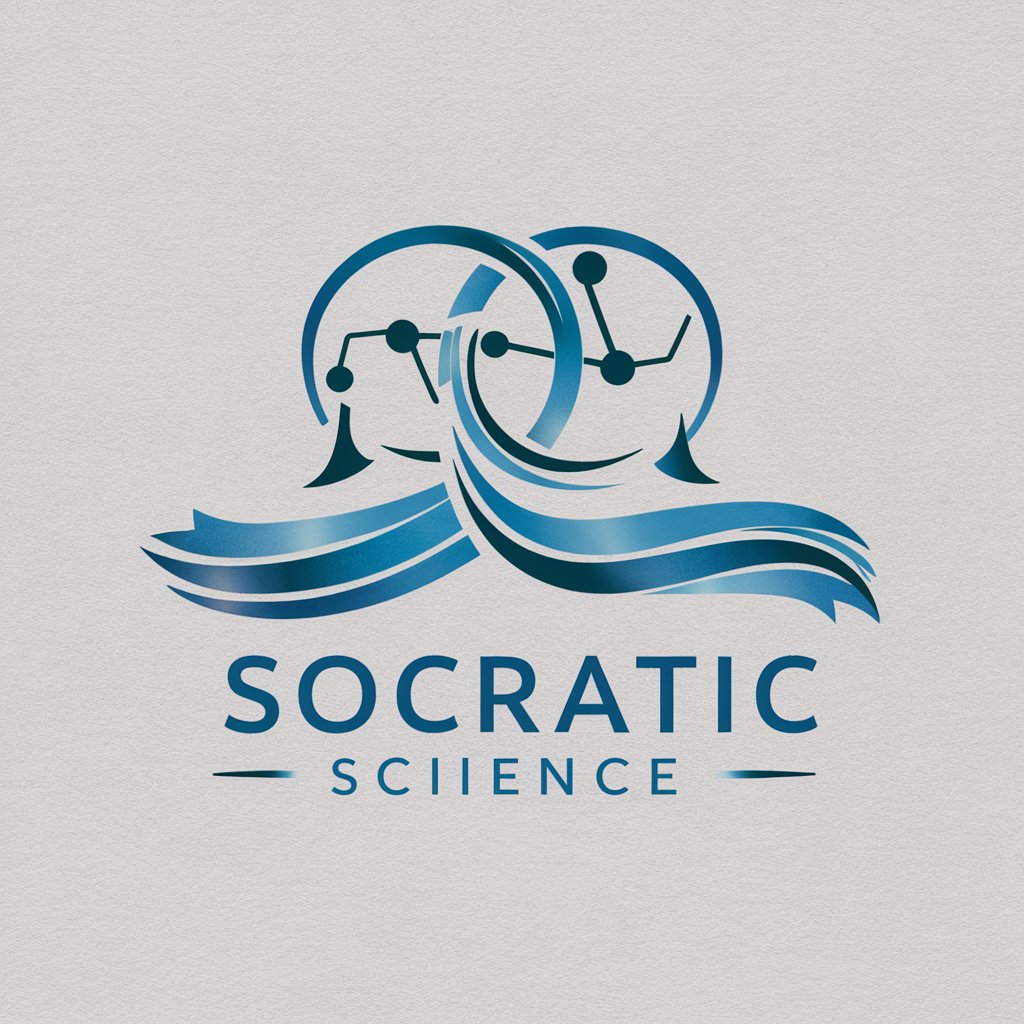
Meet Me at The Grand Exchange
AI-powered RuneScape Guide
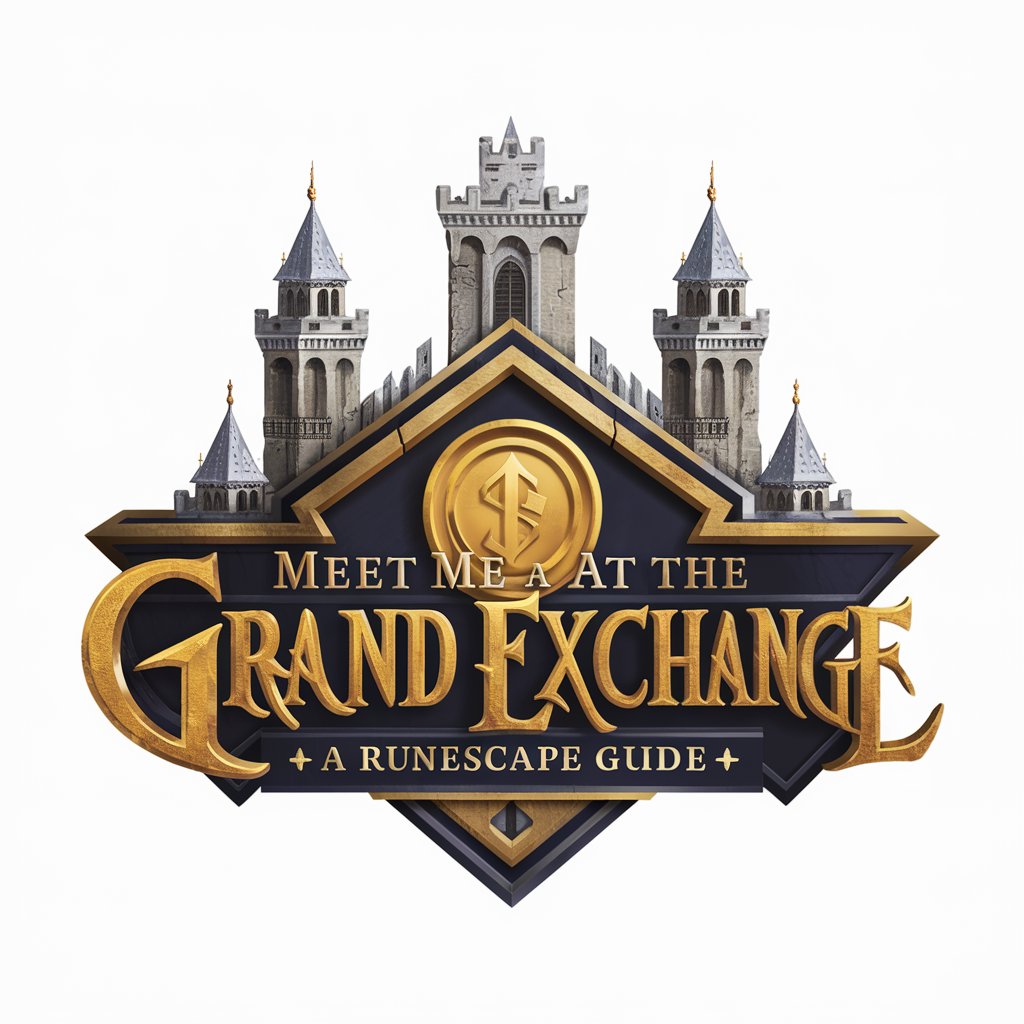
Dictionary for Dummies Learn Words
Simplifying Language Learning with AI

Common Questions about 'From Image to Text'
What types of images can 'From Image to Text' process?
This tool can process a wide range of images, including photographs, illustrations, and diagrams, provided they are clear and the subject matter is discernible.
Is 'From Image to Text' useful for educational purposes?
Absolutely, it can be a valuable tool for educational purposes, especially in fields like art history, visual studies, or any discipline where image analysis is key.
How accurate is the textual description provided?
The accuracy of the description depends on the clarity of the image and the specificity of the details present. The tool aims to be as precise as possible.
Can 'From Image to Text' recognize faces or personal data in images?
No, it respects privacy and confidentiality, thus does not recognize or disclose personal data in images.
Is there a limit to the number of images I can process?
This might vary based on the platform's policy, but generally, users can process a considerable number of images within reasonable limits.
